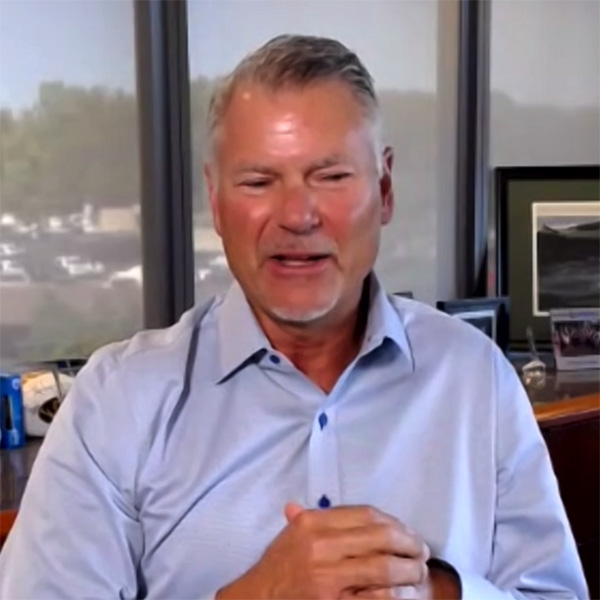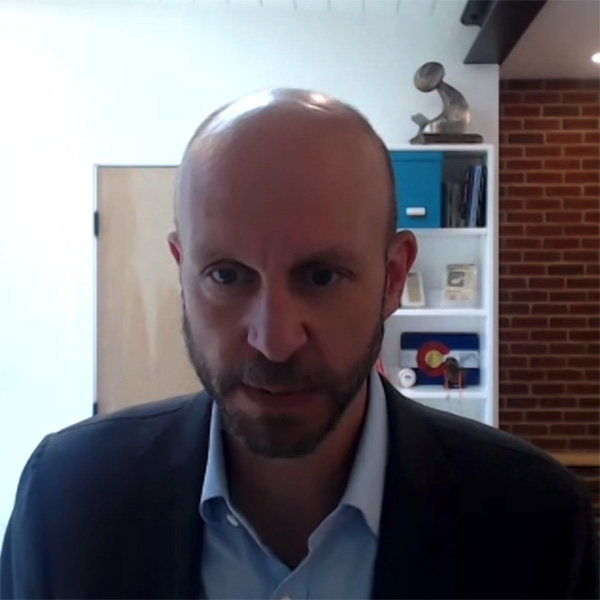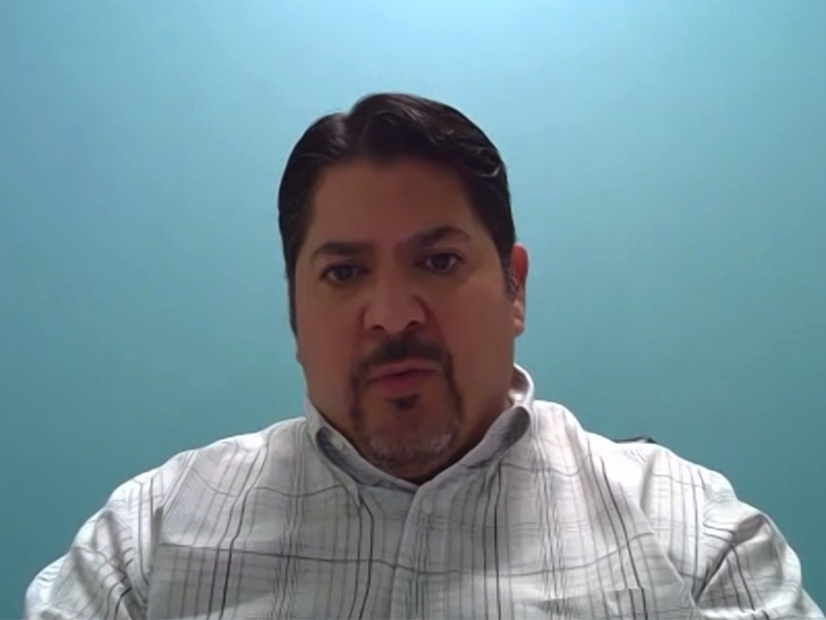With the electric sector facing shortages of critical spare parts and supplies, and another active hurricane season looming, industry stakeholders at all levels must work together to keep the grid functioning, participants in a webinar hosted by the U.S. Energy Association said Wednesday.
The supply of critical equipment, particularly transformers, has been a growing concern because of supply chain disruptions amid the Russo-Ukraine conflict and the ongoing COVID-19 pandemic. Earlier this month, President Joe Biden invoked the Defense Production Act to “accelerate domestic production of” several types of energy equipment including “transformers and electric grid equipment,” along with insulation and solar panels.
Biden’s decision followed a joint letter sent last month to Energy Secretary Jennifer Granholm by the National Rural Electric Cooperative Association and American Public Power Association (APPA) urging the Department of Energy to temporarily waive energy conservation standards for distribution transformers in order to allow manufacturers to speed up production.
 Joy Ditto, APPA | USEA
Joy Ditto, APPA | USEA
APPA CEO Joy Ditto, who cosigned that letter, said in Wednesday’s webinar that the organizations are still pushing the government to waive those standards and commit to a moratorium on “new efficiency standards coming down the pike in at least the short- to medium-term.” She warned that while electric sector participants are doing what they can to ease the supply chain burden, the manufacturing sector remains a missing piece of the puzzle.
“We’re asking for our members to do their part, and the sector to do its part, to share with each other … [and] we’ve had some good success with that already,” Ditto said. “But in terms of the longer-term view, we are going to need to really get a handle from the manufacturers about how this can be alleviated.”
Attendees at the webinar said supply chain choke points are already emerging, creating grave concerns with summer just beginning and NERC warning of another active wildfire season in the Western U.S. and Canada. (See West, Texas, Midwest at Risk of Summer Shortfalls, NERC Says.) Rudy Garza, interim CEO at San Antonio’s municipally owned gas and electric utility CPS Energy, said his company was “probably managing [the situation] as well, if not better than most utilities in our sector” by diversifying its supplier base to avoid tapping out any one supply line.
No Time Like the Present
But CPS is still having difficulties obtaining equipment and has had to postpone both work on existing projects and getting new projects underway. Rising costs are also creating problems for the utility.
 Ray Kowalik, Burns & McDonnel | USEA
Ray Kowalik, Burns & McDonnel | USEA
“We’re seeing delays on our bread-and-butter equipment, from standard transformers [for] residential subdivisions, to … gas risers,” Garza said. “I was at our gas facility the other day waiting on a truck to come in, and that truck was delayed … to January of next year. And so my team is trying to figure out how we’re going to manufacture what we need to be able to make those gas connections and go talk to our regulator to make sure that they approve it.”
Asked whether these issues might open the door for new suppliers of electric equipment to address the bottlenecks, attendees agreed that the problem is not that simple. Garza said that he would “love to be able to go to Amazon and order a transformer, but you still have to have a manufacturer on the other side,” to which Ray Kowalik, CEO of Burns & McDonnell, pointed out that distribution issues are relatively easy to solve.
“Quite honestly, the delivery problem can generally be fixed with money,” Kowalik said. “You can pay a little more to get … the trucking company to get your product there. But fundamentally the problem is making enough product and getting it out of the facilities and to the end users.”
 Scott Aaronson, EEI | USEA
Scott Aaronson, EEI | USEA
However, attendees did see an opportunity in the current situation to address other ongoing issues with the electric equipment supply chain. Scott Aaronson, a senior vice president for security and preparedness at Edison Electric Institute, said that simplifying and standardizing production lines might not help utilities iron out their current delays any faster, but they might help enormously the next time manufacturing and distribution lines are squeezed.
“If you look across just distribution transformers, for example, I learned recently there’s more than 10,000 [stock keeping units] for distribution transformers across the United States. That’s absurd,” Aaronson said. “Now, the best time to plant a tree was 20 years ago, [but] the second best time is today. And so … starting to tack toward a more standardized system at the distribution level so that we can more efficiently share material and equipment … can help break down some of the supply chain challenges we’re seeing now.”


